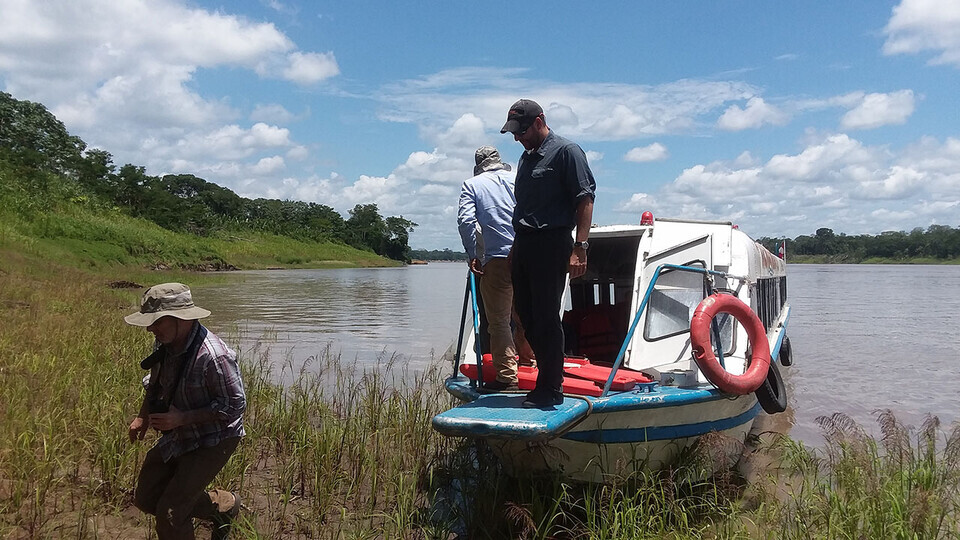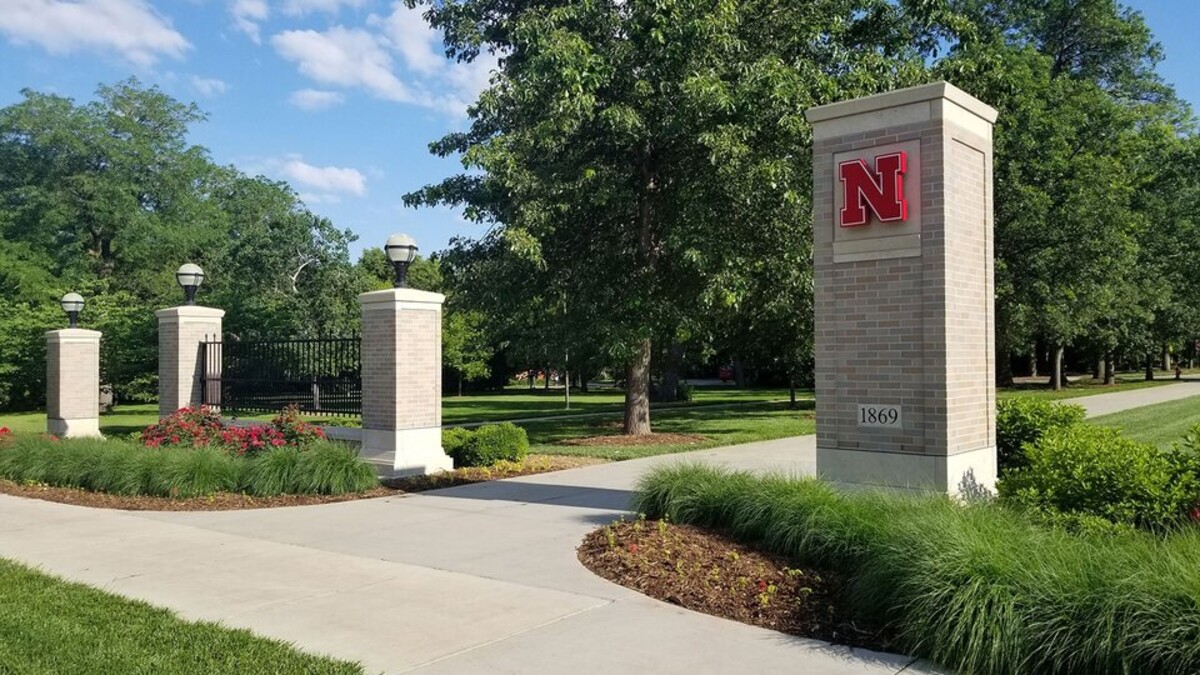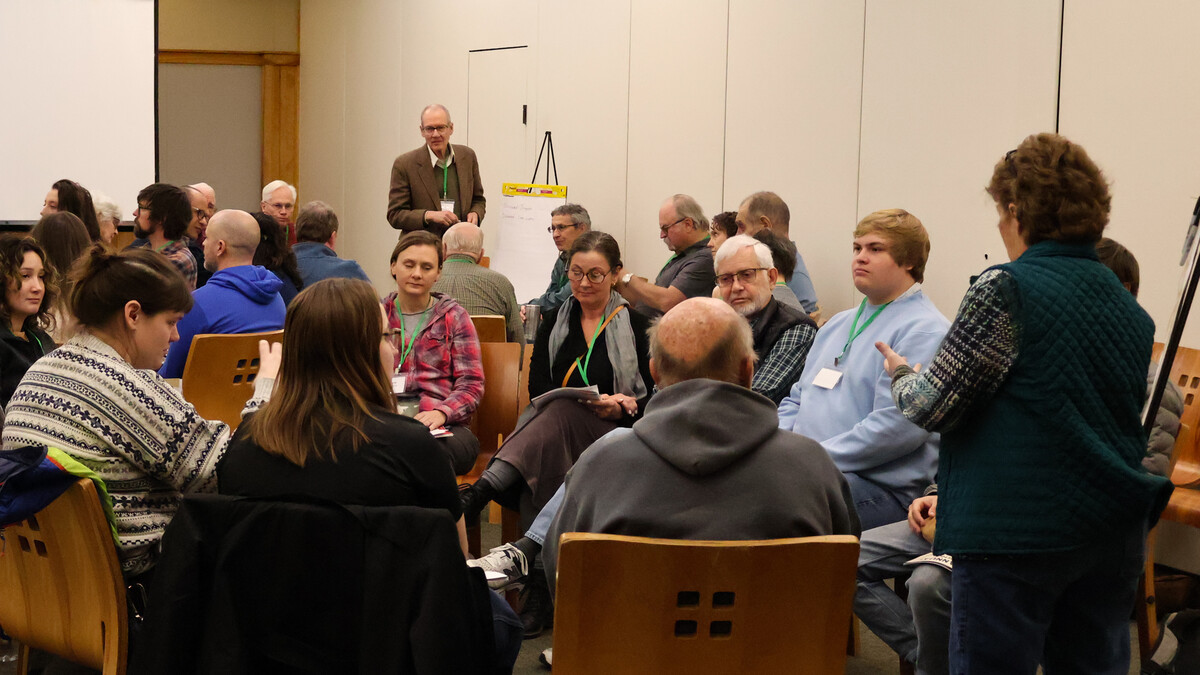
Lincoln, Neb. —Since 2018, Husker researcher Steven Thomas has been part of an international research team with an ambitious goal: Harness artificial intelligence and other tools to understand how strategic planning can reduce the impact of hydropower development on the entire Amazon River basin.
This was no small task as the Amazon basin encompasses approximately 2.4 million square miles — more than a third of South America and slightly greater than 31 Cornhusker States. Currently, more than 350 sites have been identified as potential hydroelectric dam locations throughout the basin. During the four years of the project, the research team grew to include dozens of collaborators from more than 24 academic institutions in the United States, Europe and South America, including the Nature Conservancy and the Wildlife Conservation Society.
Ultimately, the team was able to identify four strategies to reduce negative environmental impacts as future dams are constructed. Those strategies are laid out in a new paper, “Reducing Adverse Impacts of Amazon Hydropower Expansion,” published Feb. 18 in Science. The paper features 40 co-authors, including Thomas, a professor of river and stream ecology in Nebraska’s School of Natural Resources. Alexander Flecker and Carla Gomes of Cornell University lead the project.
Thomas held several roles on the interdisciplinary team. He served on the hydrology team that developed an index describing the overall degree of river regulation in the Amazon basin and how it would change with each dam installation. He developed a graphical means of illustrating the magnitude of environmental loss resulting from historical decisions on where to build existing dams compared to the impact that would have occurred had these locations been optimally located. He also helped develop an approach for comparing optimal dam designs conducted by individual nations versus those derived from coordinated planning across the entire Amazon basin.
“All decisions regarding dam locations involve complex tradeoffs, and our approach provides a way to evaluate tradeoffs between energy production and the environmental consequences of dam construction and operation,” Thomas said. “Our assessment of existing dams in the Amazon illustrates how uncoordinated planning has resulted in projects that are collectively more harmful than would have been the case had alternative, strategically selected dams been built.”
The project identified six criteria — the degree of river flow regulation, river connectivity, sediment transport, fish diversity, greenhouse gas emissions and energy production — that should be considered when moving forward with hydropower development.
In identifying and analyzing these criteria, the team sought to understand the environmental consequences of the 158 existing hydropower dams in the basin, which were built in locations that were identified without coordinated planning, by quantifying their cumulative impact on each criterion.
The difference in these configurations represents the foregone environmental benefit that could have been saved had coordinated planning occurred in the past. The team then defined a new pattern of optimal dam locations that can minimize the loss of ecosystem services as hydropower expands from its current capacity.
The Science article lays out four key strategies for reducing environmental damage from future dam construction. The first is to identify dam sites that are consistently bad actors, meaning that they never occur in optimal solutions. Second, simultaneous consideration of multiple criteria — such as fisheries, biodiversity, floodplain agriculture and undisrupted navigation routes — is critical for identifying projects that have the least impact on the services people get from the river.
Third is to encourage basin-wide analysis in planning future projects to ensure the best environmental outcomes across the entire Amazon region. And finally, international cooperation will be required to achieve optimal dam design and operation. This is key, as some seemingly good solutions from the perspective of one country might be quite harmful to its neighbors, suggesting that cooperative planning can reduce the likelihood these conflicts arise.
Contributors from more than 25 academic and non-academic institutions from the U.S., Brazil, Colombia, Ecuador, France and Peru worked collaboratively on the project.
Support for the research came from the National Science Foundation, the Cornell Atkinson Center for Sustainability’s Academic Venture Fund and the Army Research Office’s Defense University Research Instrumentation Program.
The Cornell Chronicle contributed to this story.







